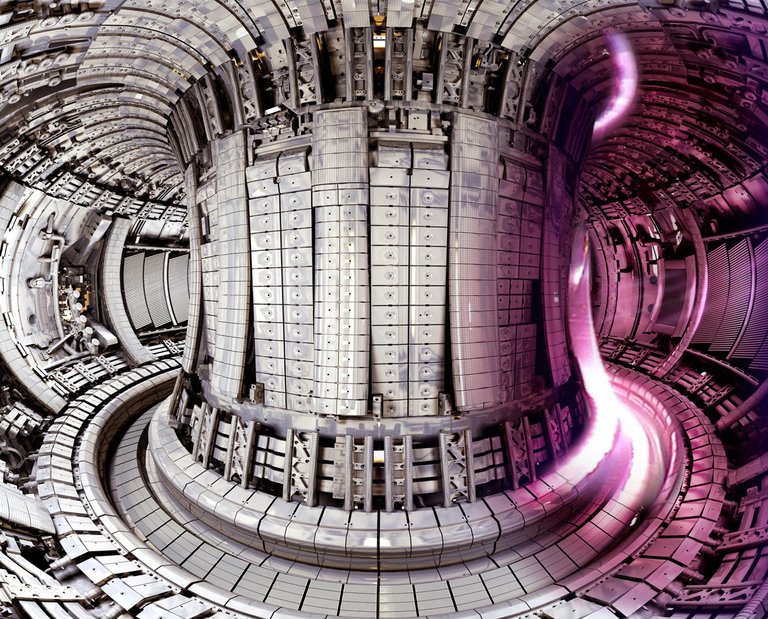
WHAT THE FUTURE HOLDS
In this final chapter, we’ll talk about the future of nuclear fusion. To do that, we first need to have a little background on all the experiments that have been done in the past so you can see the progress for yourself.
Overview of research and experiments
The first successful experiments were conducted in Great-Britain in the university of Cambridge, 1930. It was only after the second World War and the development of atomic bombs, which are in essence nuclear fission bombs, that fusion had a spike in interest. This resulted in a growing number of experiments. The first experimental toroidal reactor was being constructed in the late 40’s. In 1954, this reactor was turned on for the first time in Harwell, Great Britain. Its name – ZETA, which stands for Zero Energy Toroidal Assembly. The following for years, this machine showed that it could reach starting fusion temperatures. It also provided extremely useful data for future experiments. Ever since the ZETA machine was turned on, fusion became a global scientific case – experimental reactors started popping up in other countries.

A very important breakthrough occurred in 1968, when Russian scientists Igor Tamm and Andrei Sakharov published their results of a new kind of reactor – the tokamak. This machine could reach temperatures that were about 10 times higher than the other current reactors. The tokamak became the most dominant type of reactor for fusion research.
In 1978 the JET (Joint European Torus, depicted below) project was approved and funded. JET is a tokamak that was built on a collaboration of different European countries. In 1983 it become operational, about the same time that the TFTR (Tokamak Fusion Test Reactor) was finished in the United States. In 1991, JET produced a significant amount of energy for the first time (1.7 Megawatts), 2 years after that, TFTR generated about 10 MW of energy with nuclear fusion. It used the deuterium-tritium mix for the first time – which instantly proved very efficient. In 1996 another record was broken by the Tore Supra in France; it maintained plasma control for 2 minutes long. The purpose of experimental reactors active after 1990 was to reach “breakeven” – the moment the energy output equals the energy input. JET produced 16 MW of energy in 1997, which was about 70% of the energy input.

The next big experiment, ITER (International Thermonuclear Experimental Reactor), is set to produce 500 MW of energy, which is 10 times the energy input. Although this is still a test reactor, it will generate energy for the first time in history with nuclear fusion. ITER, a project that required the collaboration of 35 nations, will be a tokamak that will test the integrated techniques, mechanisms and materials that are necessary for a commercial reactor. The plasma volume of ITER will be 10 times the size of that of the second largest reactor, which will allow it to operate for a longer time and confine the plasma much more efficiently.
A Glimpse of the Future
The construction of ITER started in 2007, and if everything goes according to the plan, it will be turned on for the first time in 2025. In 2035 ITER will reach its goal to produce 500 MW of energy using a deuterium-tritium mixture. Plans for the first commercial reactor already exist as well. DEMO is a project that’s not yet fully worked out and will depend on the results of ITER for a large part. After ITER – the machine that will prove the technical and scientific feasibility – DEMO will clear the way for industrial and commercial exploitation. It is too early to conclude whether DEMO, just like ITER, will be a project of global collaboration or a series of national projects. A variety of countries all have their own visions for the project, but one thing they agree upon – by 2050, commercial fusion energy has to be viable.

This was the 10th and final part of this thread on nuclear fusion - for now. I will be focusing on writing about cryptoassets right now. Thanks for reading guys! I appreciate it.
[Photo Source: Mercedes-Benz]
[Photo Source: Wikipedia]
[Photo Source: ExtremeTech]
[Photo Source: ITER Organization]